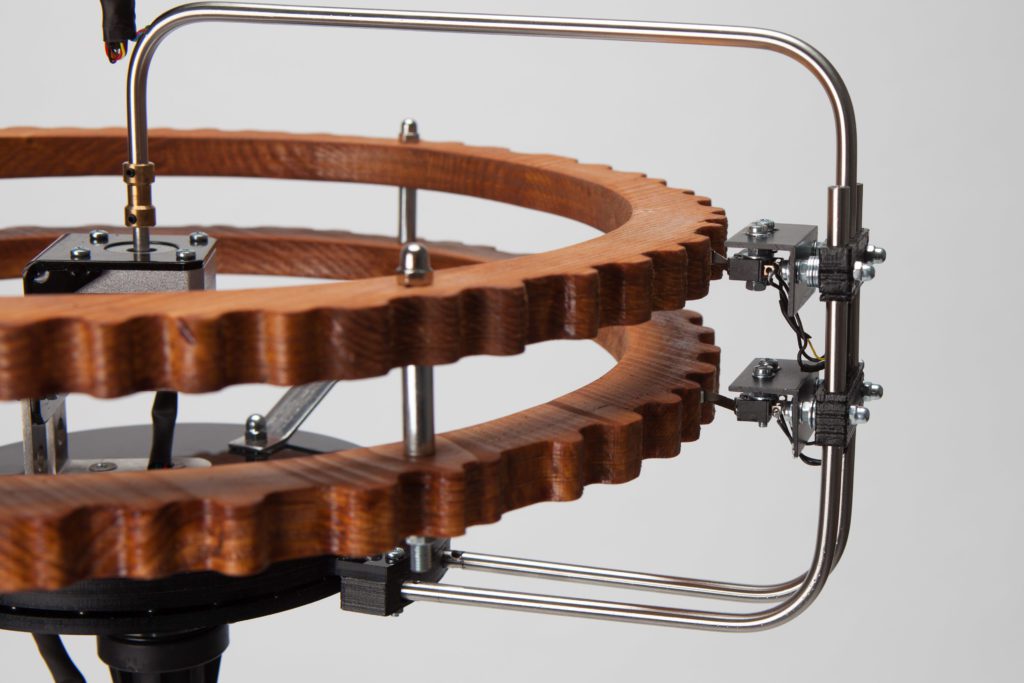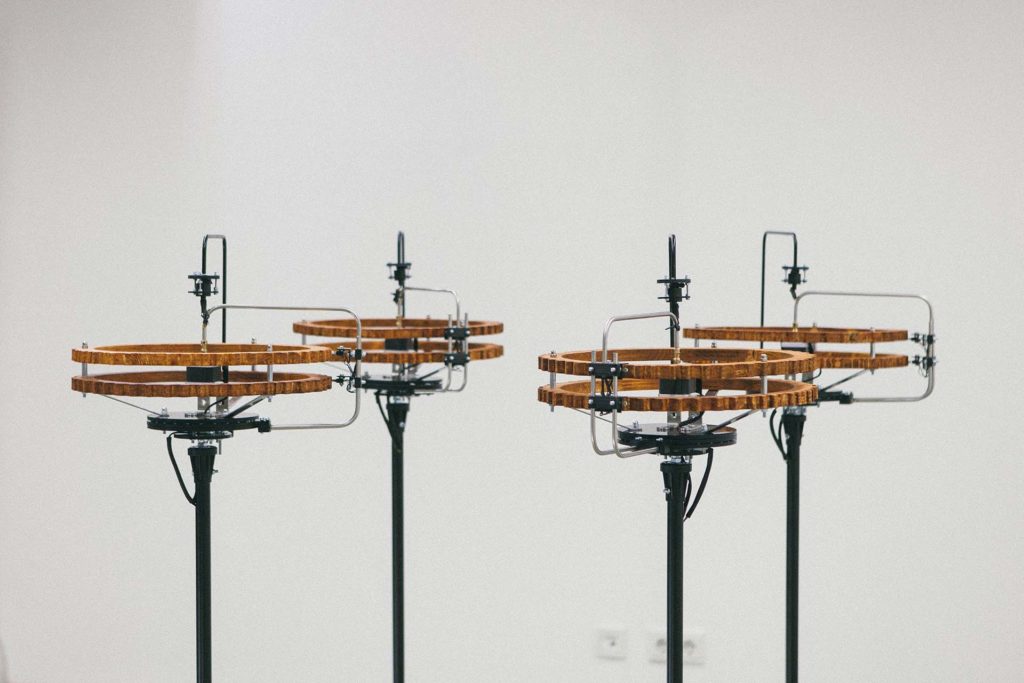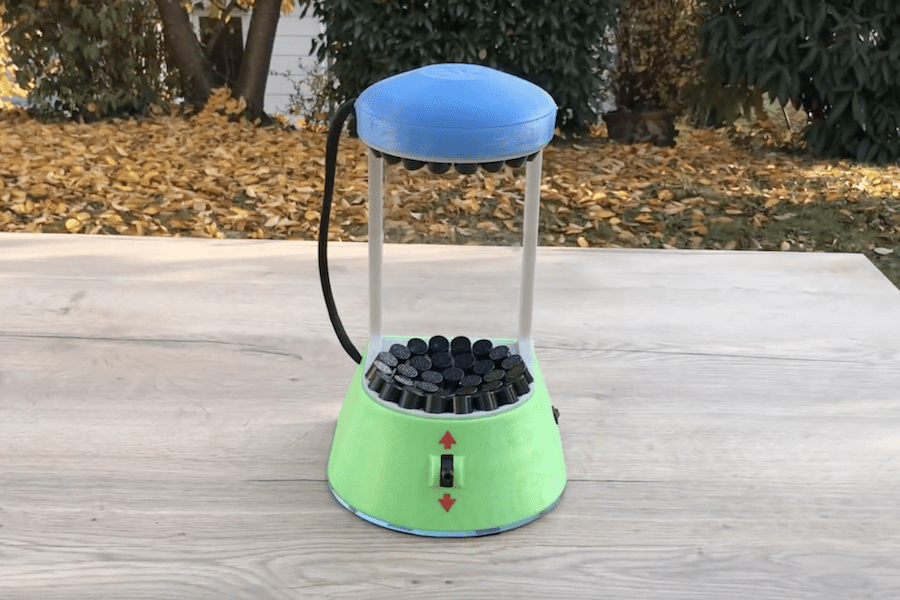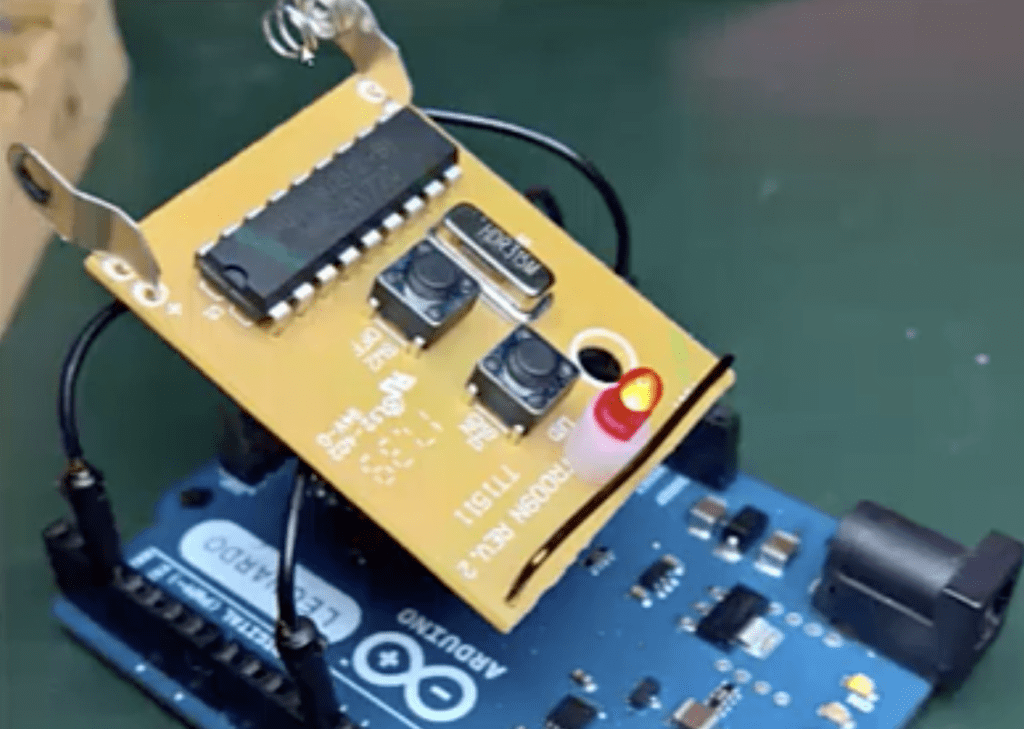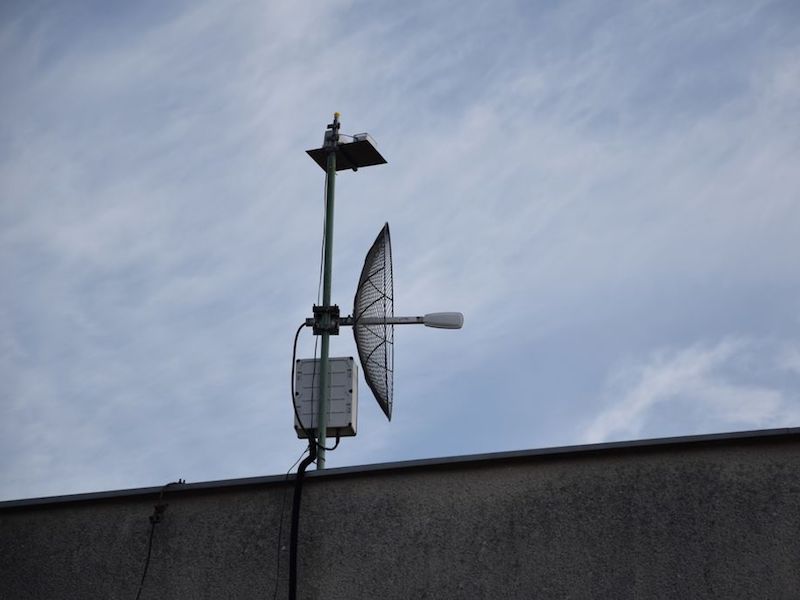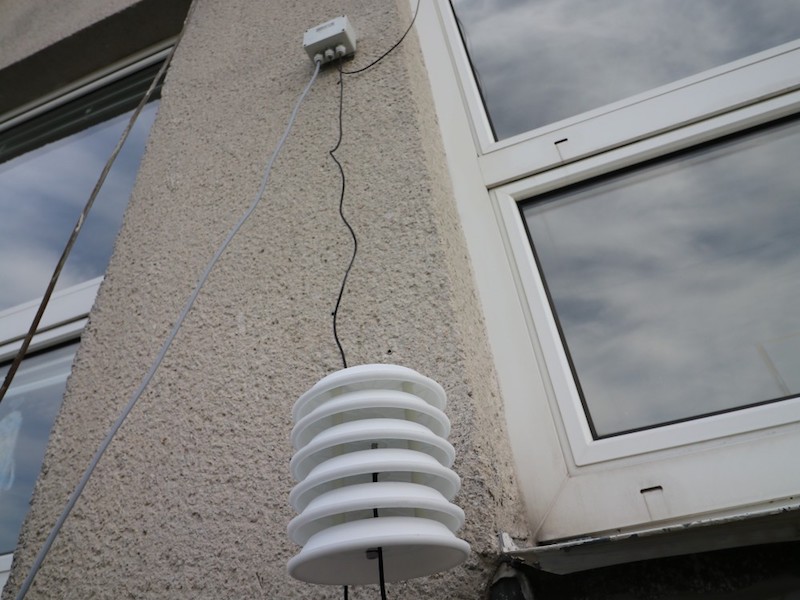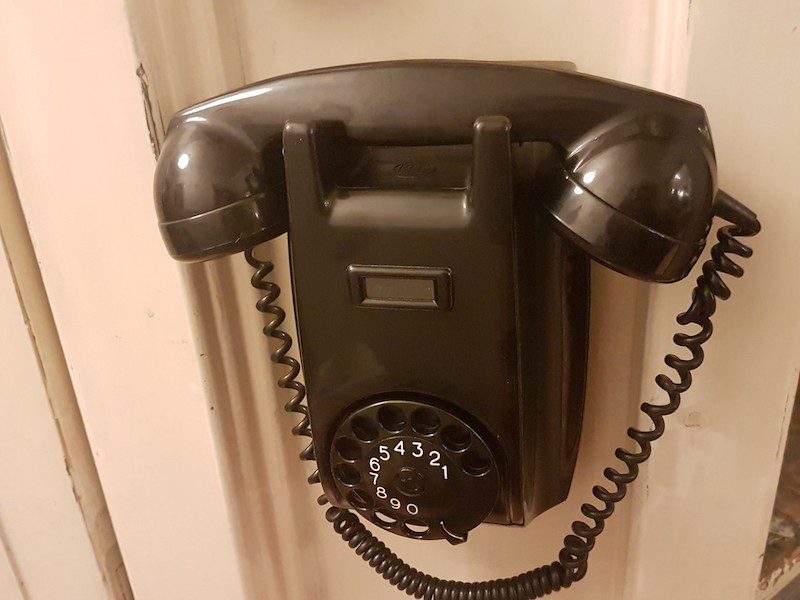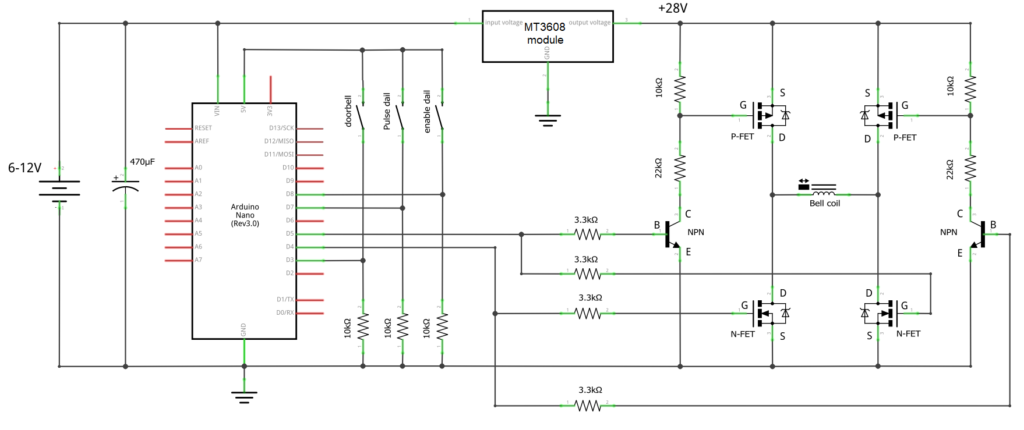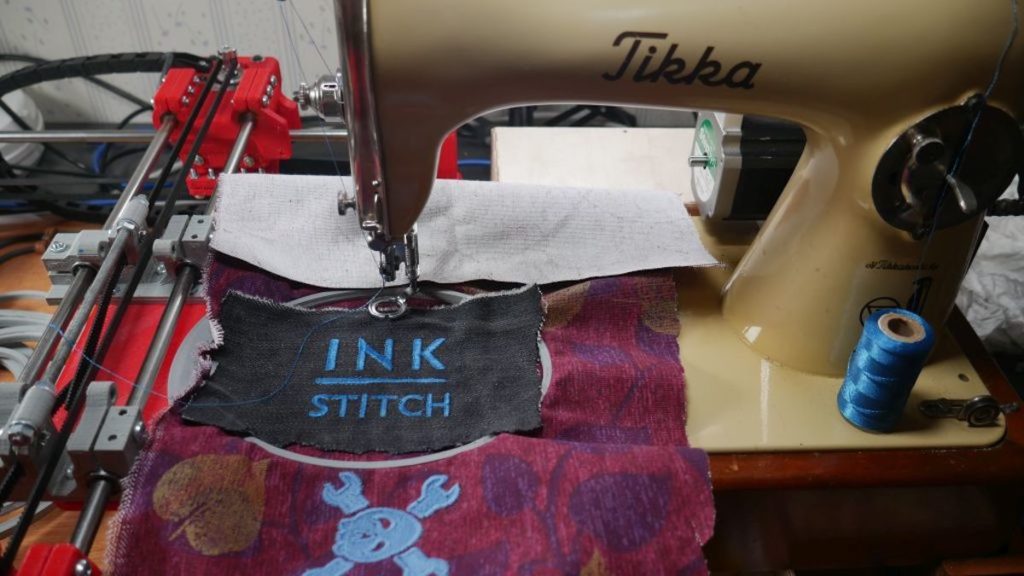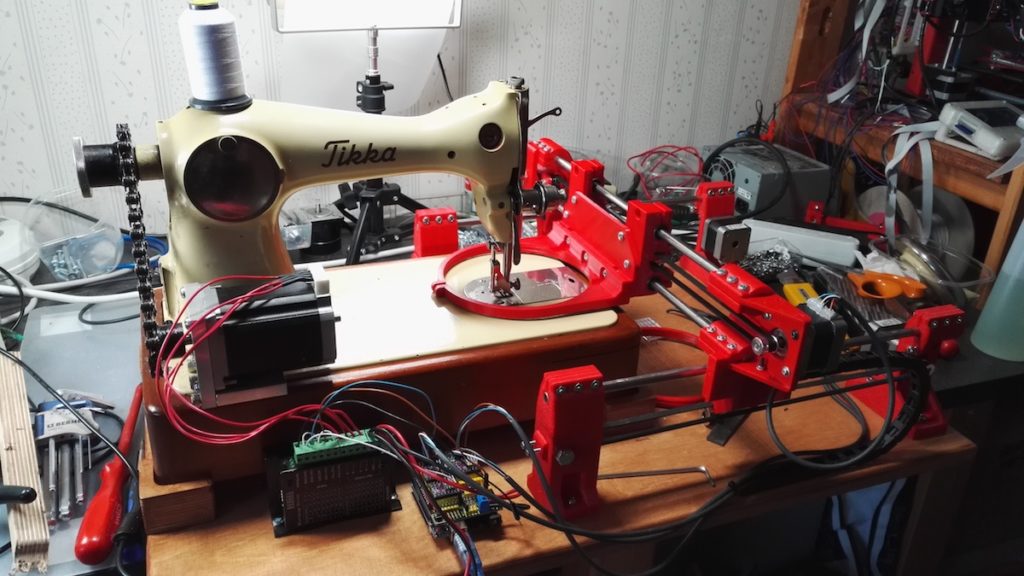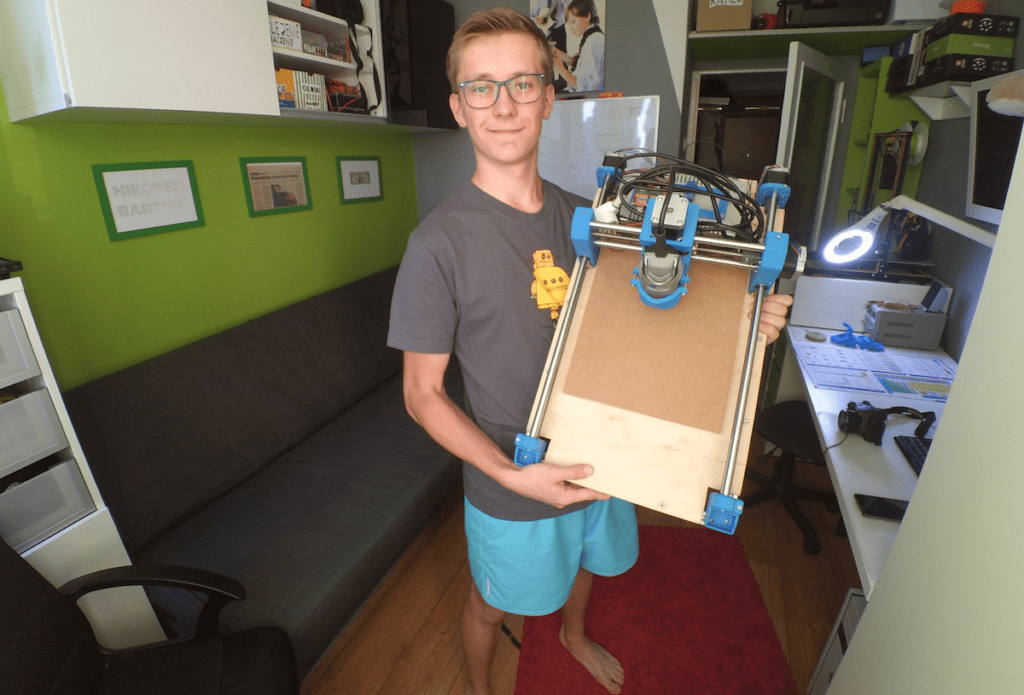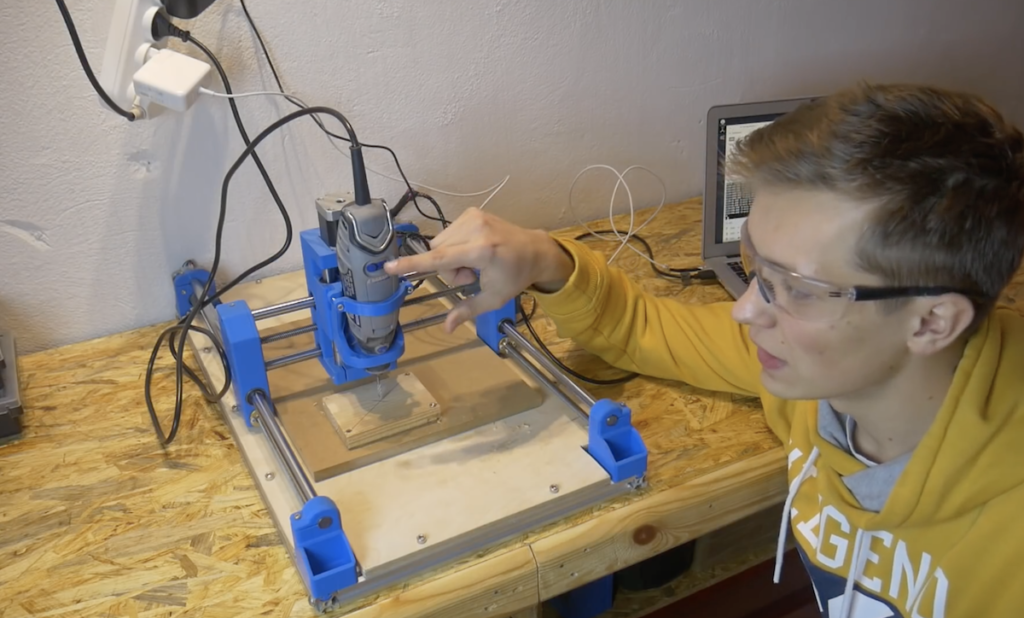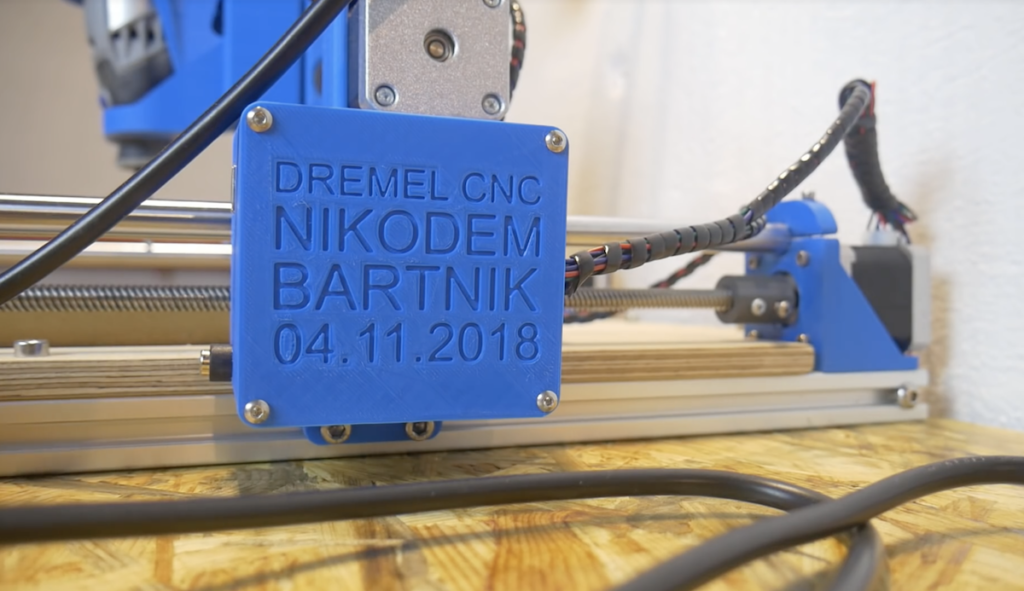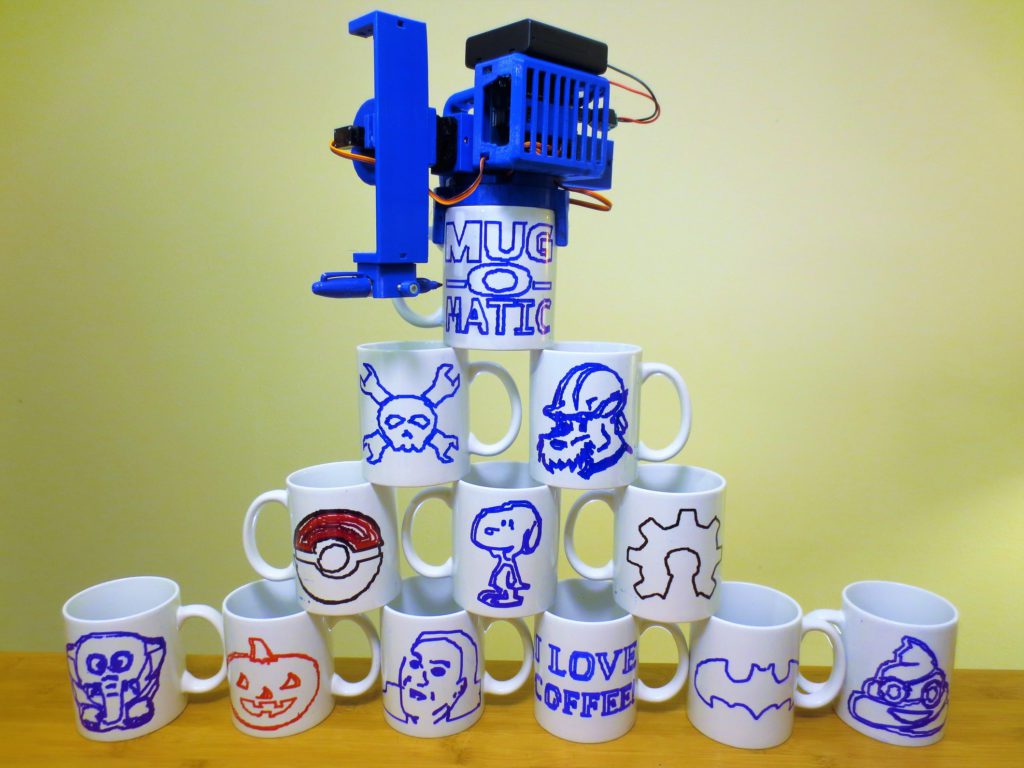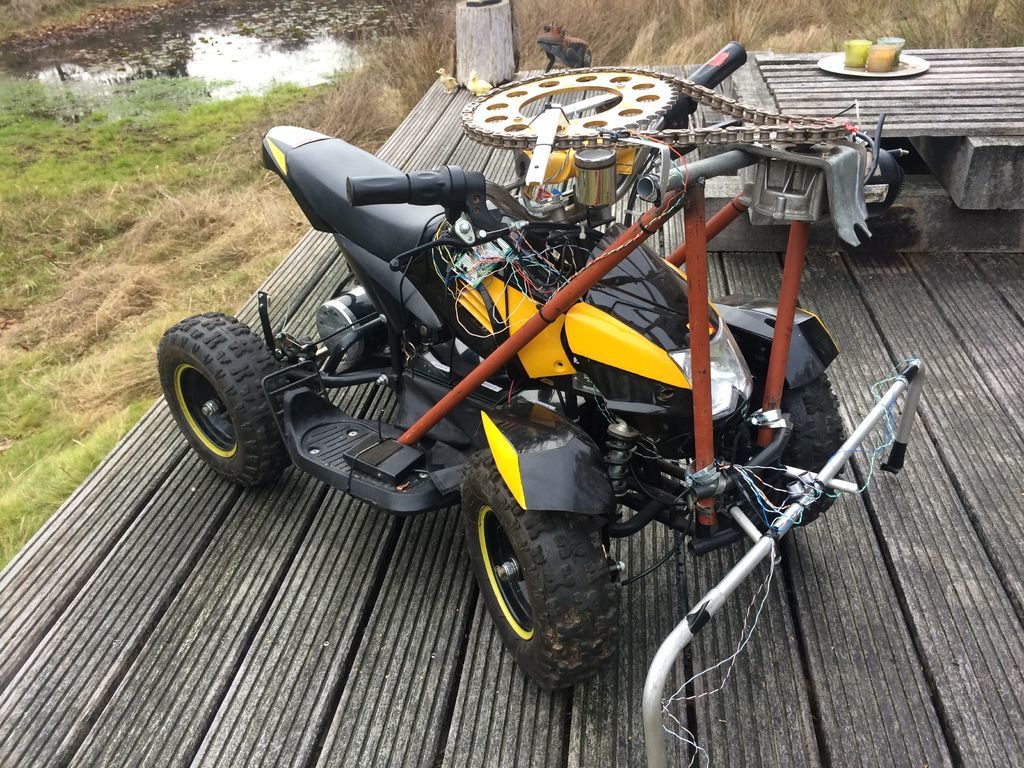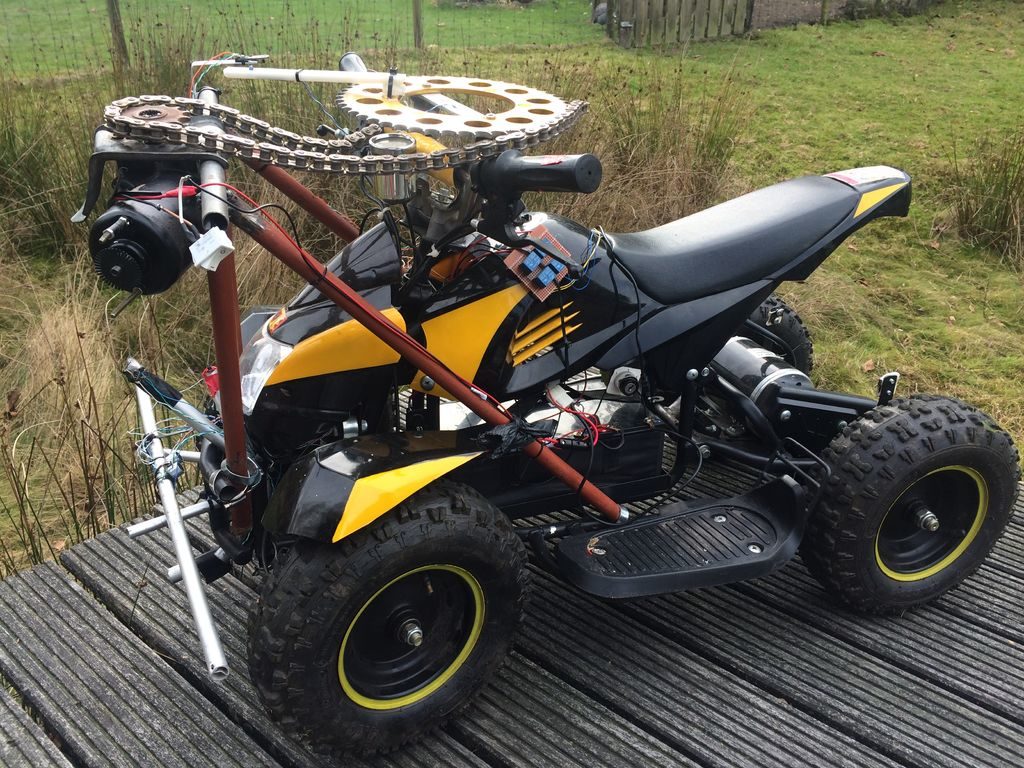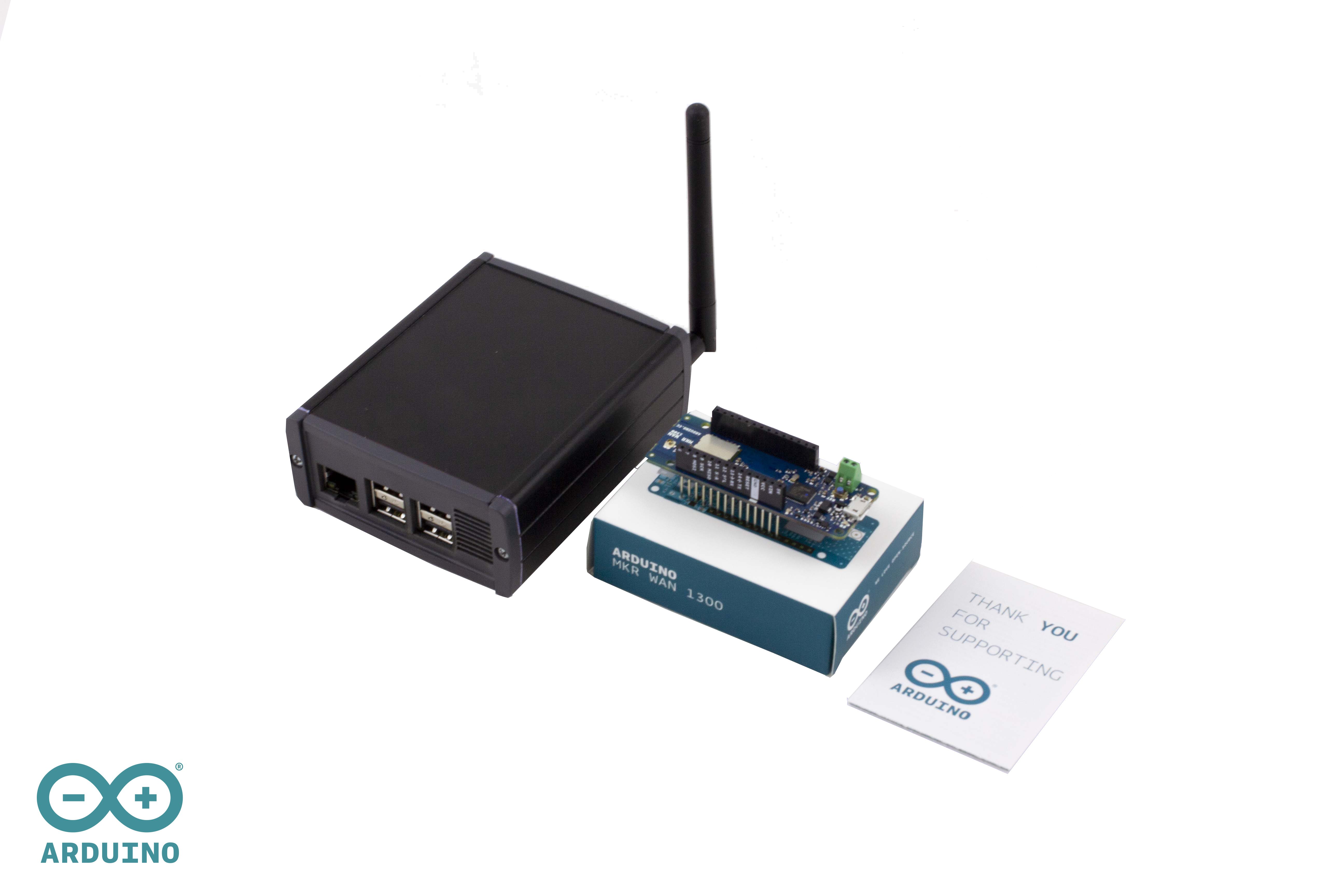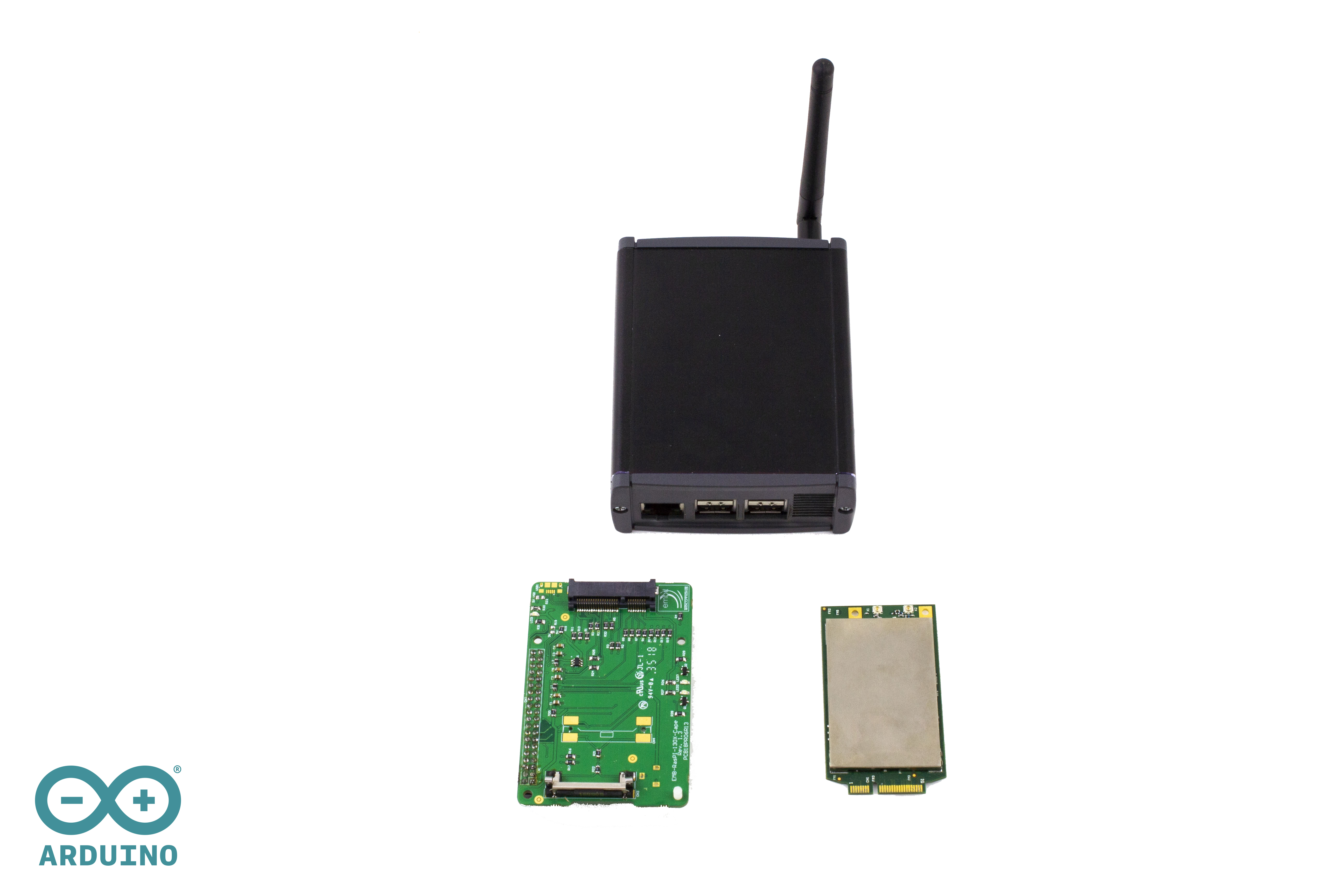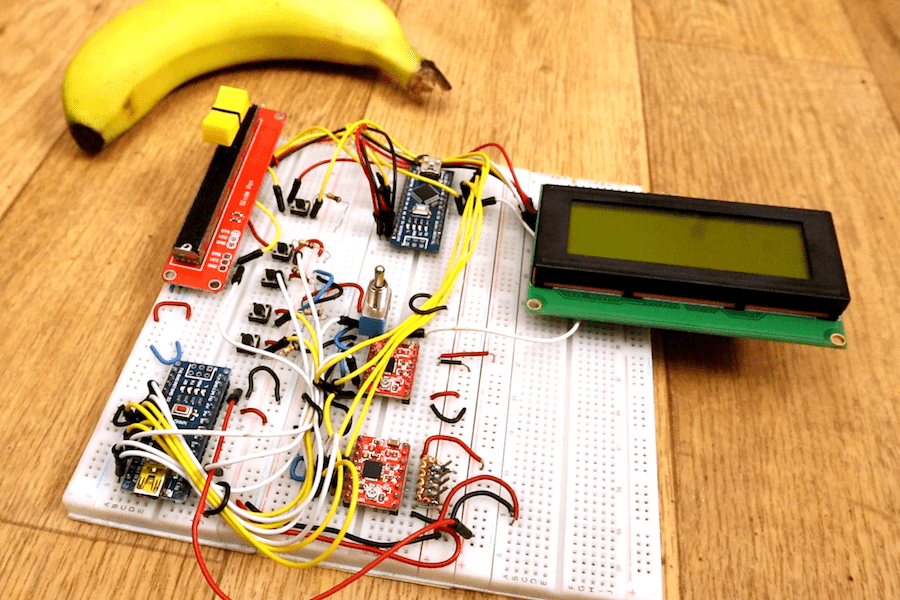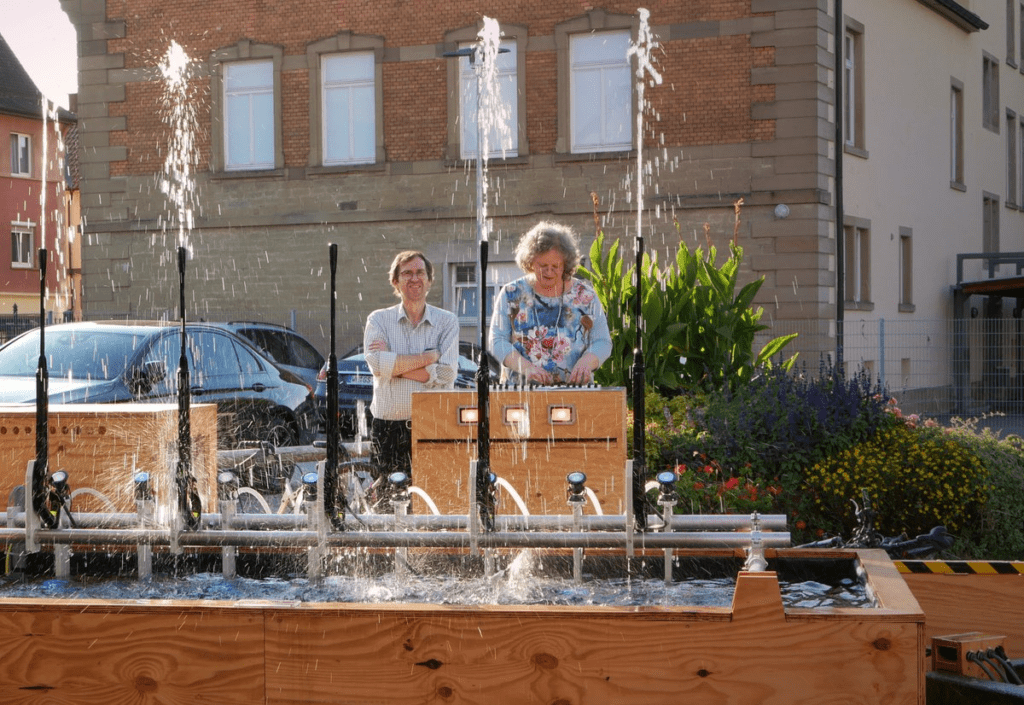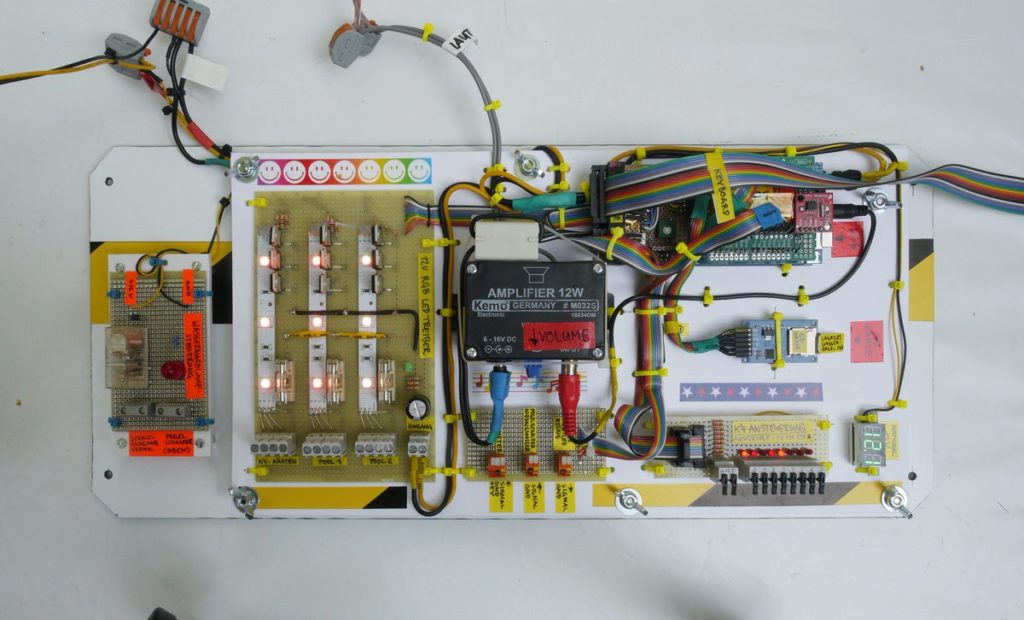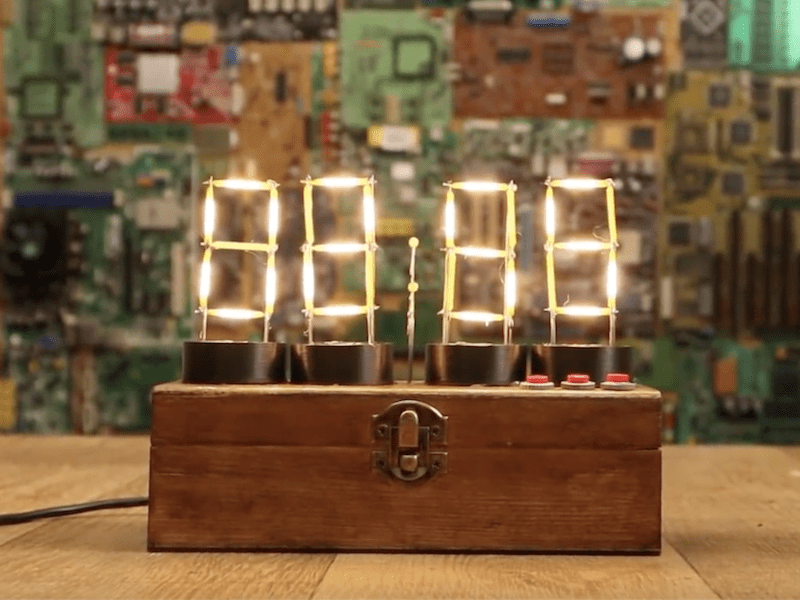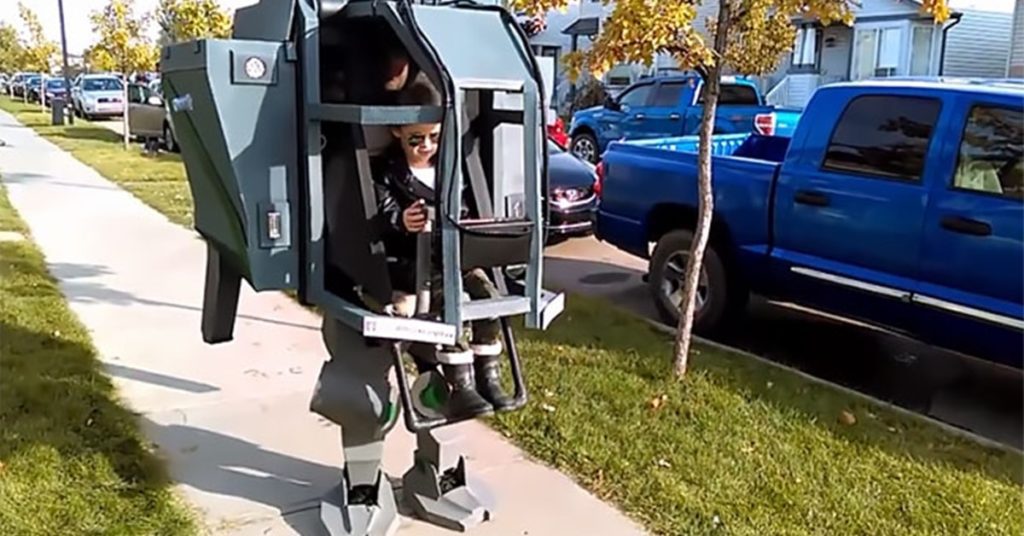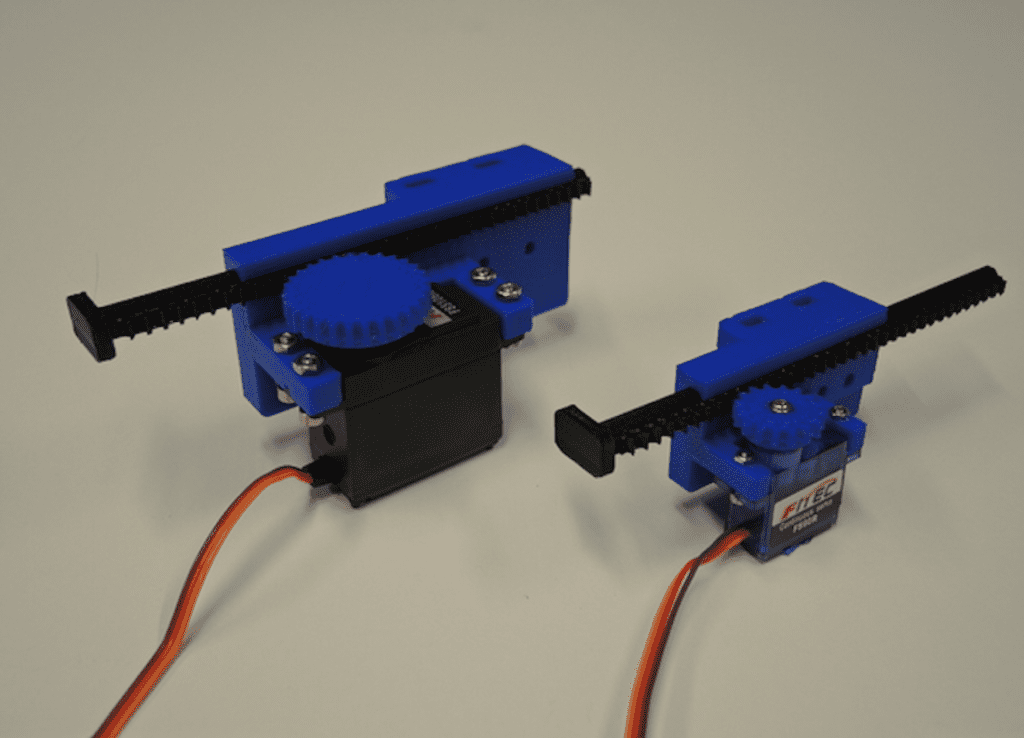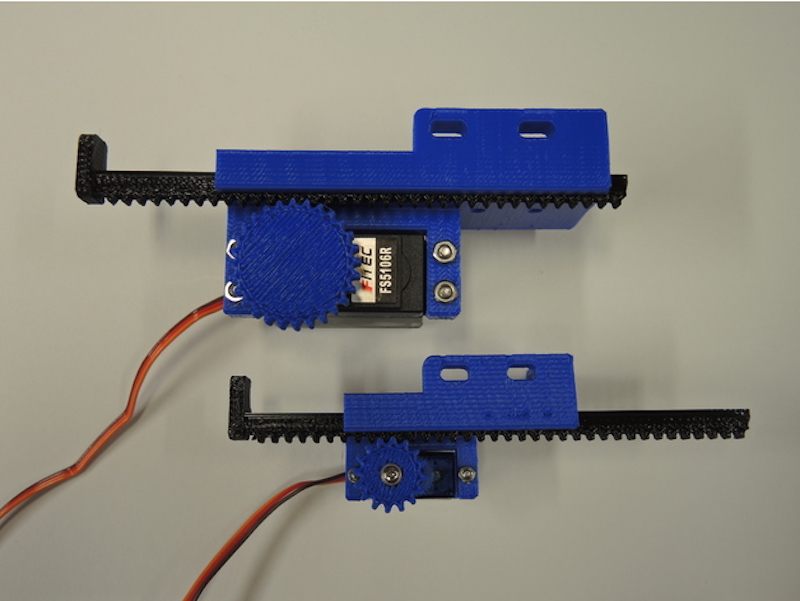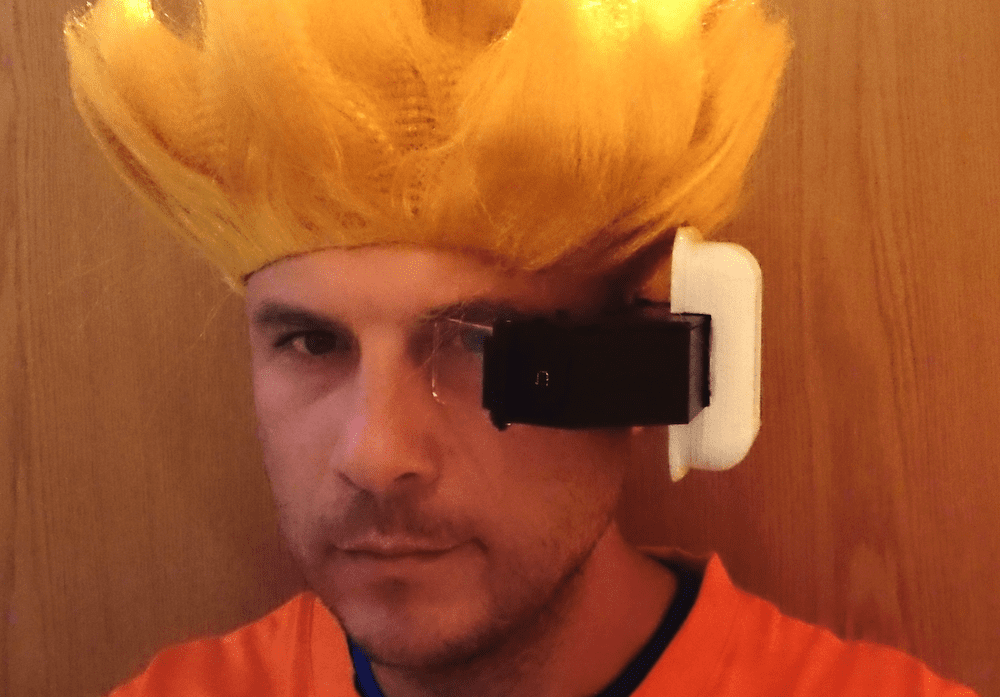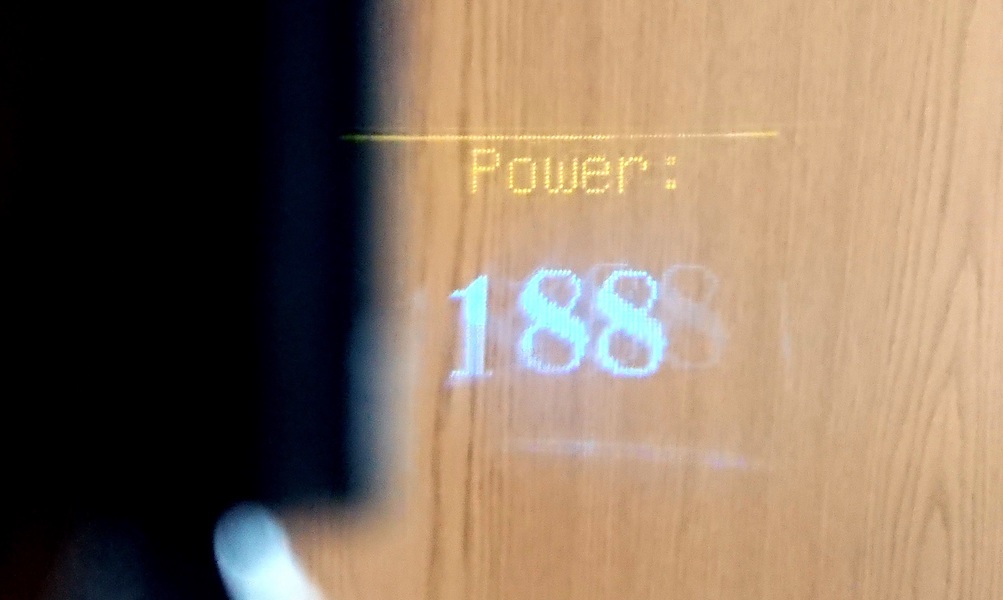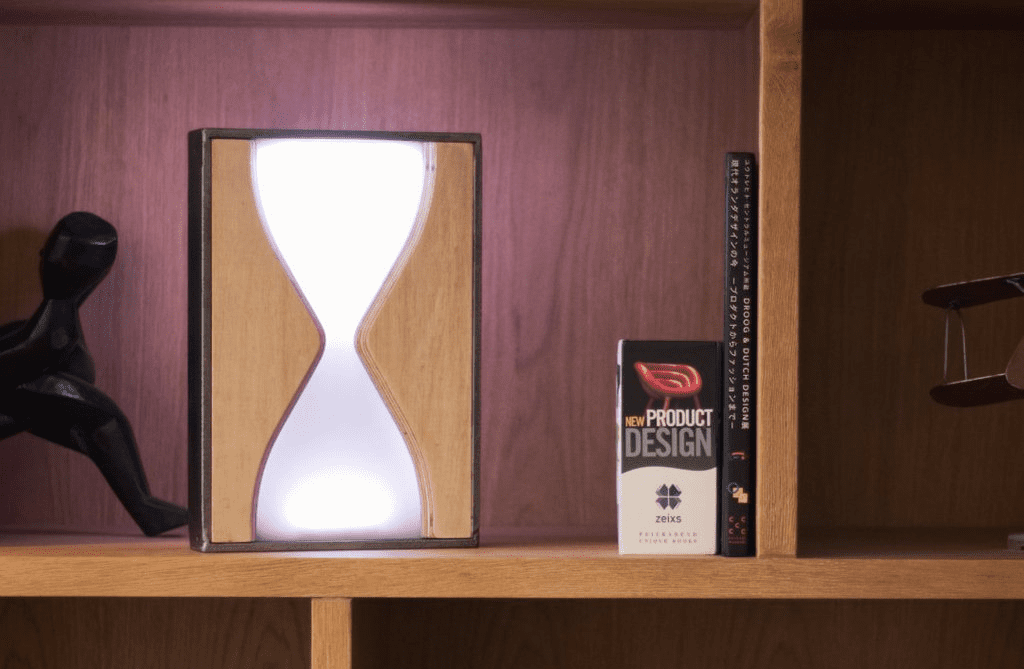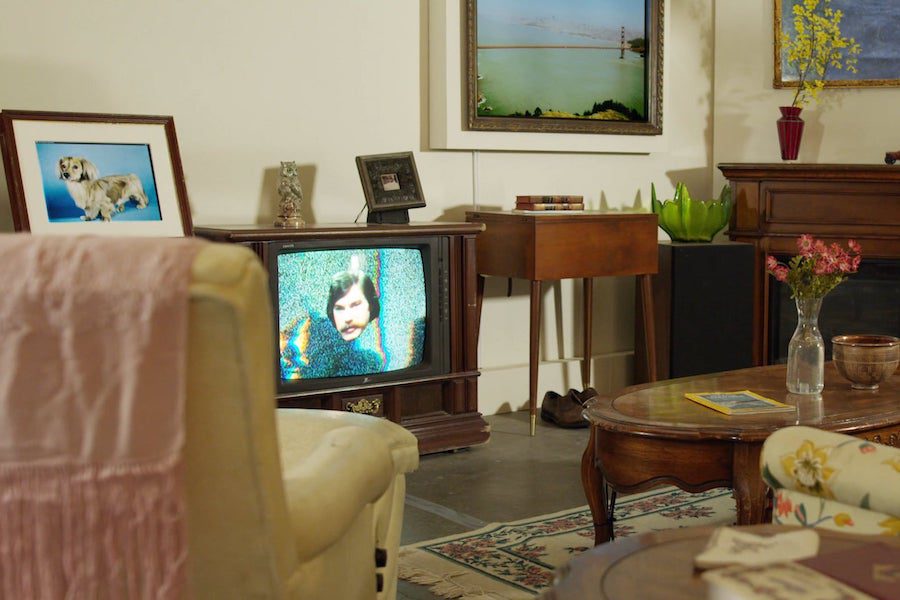Reading Time: 4 minutes
PS5 release news this week includes details on how one of the most highly anticipated games for PS4 and Xbox One is being primed for a big PlayStation 5 upgrade. This week has seen new rumours surface that claim one of the biggest games from PS4 and Xbox One could be ready in time for the PS5 release date.
It’s well known just how popular the PS4 and PS4 Pro consoles have proven with gamers, with over 86 million units sold so far.
Sony has even updated their profits forecast due to the success of the PlayStation brand, which has been driven by hardware sales and the PS Plus subscription service.
And according to new reports, a huge new port is currently in the works for the PlayStation 5.
The PS5 release date has not been confirmed by Sony, who have only gone as far as to say that a next-gen project is in the works.
Rumours suggest that the PlayStation 5 will be officially announced in 2019, followed by a launch in 2020.

Other predictions claim the PS5 could launch next year, with respected analysts Ace Securities saying it could be “introduced” by the end of 2019.
And when it does, it could boast a big Red Dead Redemption 2 port.
A new online “source” says that an RDR2 upgrade for the PS5 and Xbox Two could be ready by 2020.
And if this proves true, it would mean it being available the same year the PS5 will reportedly launch.
It should be noted that this news doesn’t come from either company and means that it needs to be taken with a big pinch of salt.
Rockstar Games did a similar thing with GTA 5, launching a new version of the game for PS4 and Xbox One, as well as PC.
These became the new standard, with many fans deciding to buy the game again on the newer consoles.
However, while Rockstar Games has a track record in doing these kinds of projects, it doesn’t prove this latest rumour true.
The post from Reddit reads: “Below is some information I obtained from a friend of mine who works at Rockstar.
“They gave me permission to post this as they are 100% confident that enough Rockstar employees know of the information that it won’t trace back to them.
“Some will be sceptical, and I understand, but all I can say is that I’ve been around for a while, have over 60k karma, have been gifted gold several times for my posts, and have never made a post with false information.”
Here are the main points from the post, which states:
Following Red Dead Redemption 2 going gold a relatively small group of employees immediately began work on a remaster which will release at the end of 2020 to coincide with the release of next-gen consoles (Rockstar had to pull back on a lot of things because of current-gen limits, as surprising as it may sound given how amazing it looks)
Most of Rockstar has begun working full-time on Bully 2, which will release in the first half of 2020; this seems soon, but they already have the engine in place and plan to have a game-world that’s only slightly bigger than the first Bully, allowing them to finish the game much faster than GTA or Red Dead.
Preliminary work has begun on GTA VI, but it won’t be until the release of Bully 2 that pretty much all of Rockstar will focus on it, similar to what they did with RDR2.
The plan is to release GTA VI in at the end of 2023, but the team knows that 2024 may be a more realistic goal.
Whatever the validity of this new rumour, it would undoubtedly prove very popular with fans if this was real.
The likelihood that a new version of Red Dead Redemption 2 will be released for PS5, Xbox Two and PC does seem high.
The game has proven a big hit on PS4 and Xbox One, having sold enough copies to make it comparable to GTA 5.
While not surpassing Grand Theft Auto in overall sales during the first three days, it has been revealed that the game has broken some major milestones.
Sony Interactive Entertainment (SIE) has confirmed that Red Dead Redemption 2 set new records on the PlayStation Network for highest ever pre-orders, highest day one sales and highest sales for the first three days on the market.
And with over $725 million in worldwide retail sell-through during its first three days, Red Dead Redemption 2 is the second-highest grossing entertainment launch of all time next to Rockstar Games’ previously released title, Grand Theft Auto V, which achieved over $1 billion in retail sell-through in three days.
Website: LINK

